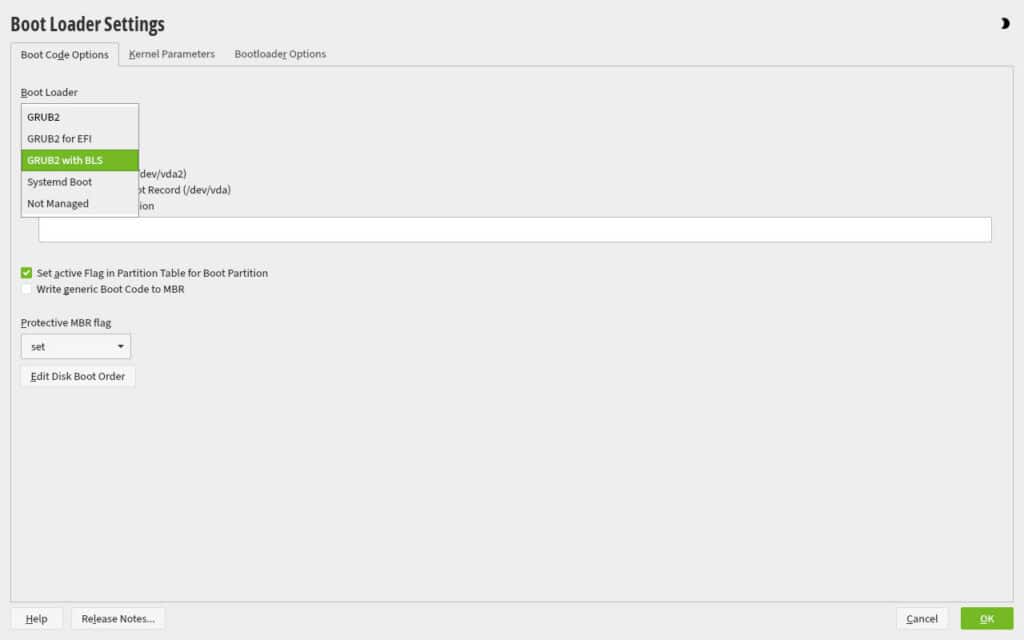openSUSE Tumbleweed has officially replaced its traditional GRUB2 boot loader with GRUB2-BLS when installing the system via YaST. It is a variant of the traditional GRUB2 that supports the Boot Loader Specification (BLS) — a modern standard defining how Linux systems store and manage boot entries.
Instead of using a single large configuration file like grub.cfg, GRUB2-BLS reads small, individual text files (called Type #1 entries) located in /boot/efi/loader/entries. Each file describes how to boot a kernel, including its initrd and command-line options—an approach quite similar to that of systemd-boot.
The switch follows a trend that began with openSUSE MicroOS, which uses systemd-boot (which is already a fully BLS-compliant boot loader) developed as part of the systemd project. GRUB2-BLS, by contrast, remains GRUB at its core but incorporates patches from Fedora that add support for the Boot Loader Specification’s Type #1 entries.
It’s important to note that with the latest YaST installer, the transition to GRUB2-BLS occurs automatically during a default installation. The process now creates a larger EFI System Partition—typically around 1 GB—since kernels and initrds are now placed directly inside it under /boot/efi/opensuse-tumbleweed.
For users who prefer a different boot loader, such as the traditional GRUB2 or systemd-boot, YaST still allows manual selection during the installation’s final configuration screen under “Installation Settings > Booting.”

According to devs, by adopting GRUB2-BLS, the distro aims to simplify the integration of new features—most notably, systemd-based full-disk encryption that leverages TPM2 or FIDO2 hardware tokens when available.
Additionally, in a traditional GRUB2 setup, the boot menu and kernel parameters are defined inside a single, automatically generated file called grub.cfg. With GRUB2-BLS, this workflow changes completely as the grub.cfg file is no longer used to store boot entries, and the boot menu is built dynamically from the Type #1 entries.
Lastly, once again, with openSUSE Tumbleweed’s switch to GRUB2-BLS, the new boot loader becomes the default only for fresh installations performed through YaST. Existing systems using GRUB2-EFI will continue to function as before. According to the openSUSE Factory mailing list discussion, an automatic migration from GRUB2-EFI to GRUB2-BLS is not planned.
Users who wish to adopt GRUB2-BLS manually can do so by reinstalling the boot loader through YaST or using grub2-install in combination with the new BLS configuration model. For most users, though, staying on GRUB2-EFI remains fully supported and stable.
For more information, see the announcement.
